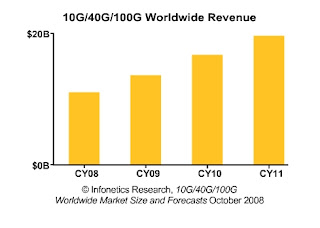What typically happens in an economic downturn, in the area of communications or network-based entertainment services, is that people reduce consumption of some "enhanced" features while retaining the base service.
In the cable TV segment, consumers tend to hand on their ad-supported services but skimp a bit on "premium" service. So you might see less use of fee-based video on demand, for example.
Taking a look at mobile service, Forrester Research analyst Pete Nuthall says "the economic downturn won't put a dent in the European mobile penetration rate of 84 percent, but mobile services providers are feeling the impact of reduced usage and spending as consumers review their regular outgoings."
That's confirmation that what has tended to happen in the past just might happen again. "The price of core services, voice and SMS, is of growing importance to more mobile users, while advanced handsets and services are becoming less important to fewer mobile users than a year ago," he notes.
"Product strategy professionals are responding by de-emphasizing mobile data services and expanding the variety of SIM-only offers," he points out.
Using the same sort of logic, it is conceivable that some broadband users will downgrade their service plans. And it isn't hard to imagine some users ditching landline service, at least for the moment, so long as they can afford a mobile calling plan that covers their typical usage.





